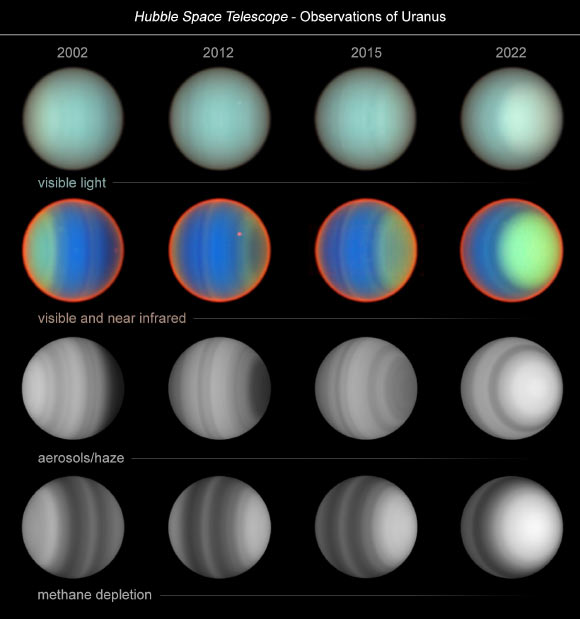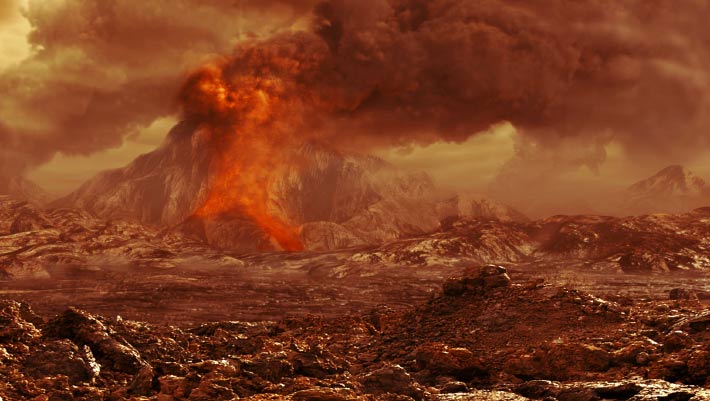Now Reading: Hubble Reveals Fresh Insights into Uranus’ Atmosphere
-
01
Hubble Reveals Fresh Insights into Uranus’ Atmosphere
Hubble Reveals Fresh Insights into Uranus’ Atmosphere

Rapid Summary
- Hubble’s 20-year study of Uranus observed seasonal and atmospheric changes on the ice giant with data spanning from 2002 too 2022.
- Uranus, about four times Earth’s diameter, has an atmosphere primarily composed of hydrogen, helium, and traces of methane giving it a blue tint. It rotates on its side with a tilted, off-centered magnetic field.
- Observations were conducted by astronomers from the University of Arizona and University of Wisconsin using Hubble’s Space Telescope Imaging Spectrograph (STIS).
- Researchers found methane is unevenly distributed across Uranus’ atmosphere, being strongly depleted near the poles-a pattern consistent over two decades.
- Aerosol haze structures considerably brightened in the northern polar region as Uranus approaches its northern summer solstice in 2030; meanwhile optical observations revealed solar radiation impacts aerosol dynamics.
- Findings indicate complex atmospheric circulation patterns including polar downwelling and upwelling regions elsewhere.
Indian Opinion Analysis
hubble’s study offers critical insights into changing conditions on distant planetary atmospheres like Uranus. India’s burgeoning space exploration program could benefit from such data models to refine studies for exoplanetary atmospheres or track climates within our solar system similarly – aiding comparable regional bodies ISRO expanding knowledge repository science ecosystem transparency extends broader engagement possible impactful lessons Read More sourced astrophysics cross cutting collaborations key address global universal benchmark flucidated conclusions

























